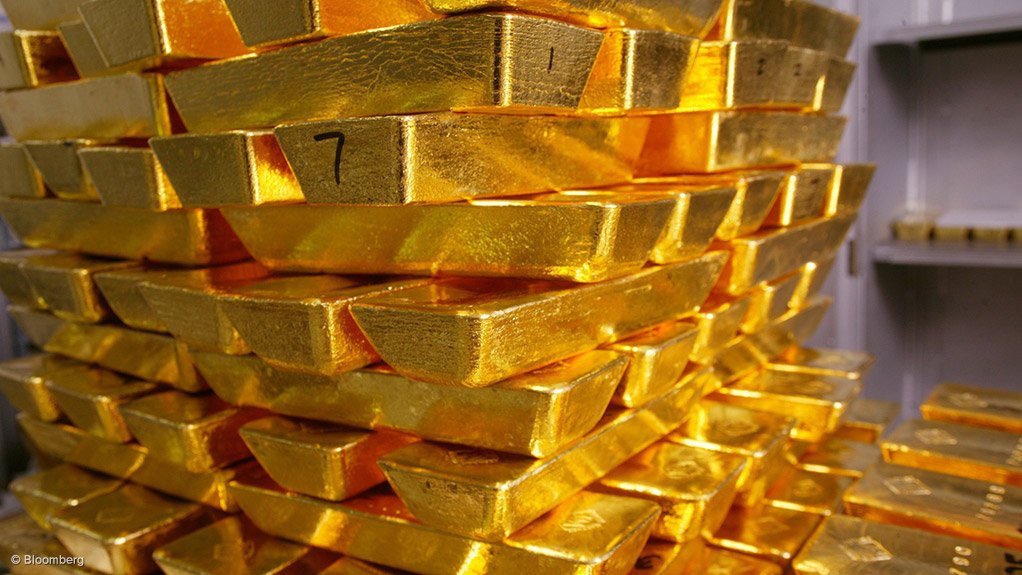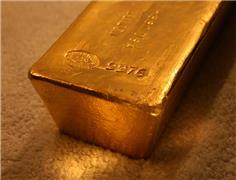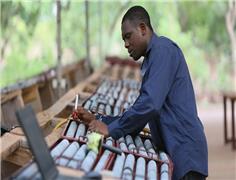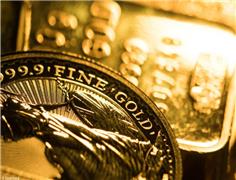- Write by:
-
Monday, August 20, 2018 - 5:57:51 PM
-
955 Visit
-
Print

Mining News Pro - NEW YORK – Investors have grown immune to the economic and geopolitical risks that typically drive haven demand for gold.
That’s how Richard Hayes, the chief executive officer of Australia’s Perth Mint, summed up the reason behind bullion’s slump to a 19-month low despite tensions between the US and China and the collapse of the Turkish lira that roiled markets. The World Gold Council said this month that demand for the metal in the first half of the year was the weakest in almost a decade.
Gold has tumbled about 13% from this year’s high in the spot market as the dollar strengthened and robust US economic growth bolstered the case for the Federal Reserve to keep raising borrowing costs. Even during recent bouts of market turmoil, investors have bypassed gold in their hunt for havens, choosing instead the greenback, yen or Treasuries.
“The world, to some degree, has been quite used to bad news,” said Hayes of the state-run enterprise that refines 15% of the world’s gold. “If you were to go back seven or eight years, any one of the trade wars, or what’s happening in the Middle East, or China, Brexit, the rise of the far left and far right, any one of those events would have been enough to make a fairly significant impact on volatility of prices of precious metals.”
Gold for immediate delivery rose 0.7% to $1 182.66 an ounce at 3:36 p.m. on Friday in New York. It’s still on track for the sixth straight weekly loss, the longest stretch since December 2016. The metal touched $1 160.39 on Thursday, the lowest since January 2017. On the Comex in New York, bullion futures posted a 2.9% decline for the week.
A quick check of history shows the lack of demand for gold during turmoil this year isn’t unique.
“Gold has not tended to behave like a safe-haven asset in the past during times of stress when the dollar has appreciated at the same time,” Simona Gambarini, an economist at Capital Economics, said in a note to clients emailed Tuesday.
“During the Asian crisis, investors fleeing developing countries did not seek the safety of gold either -- instead they sought refuge in US Treasuries and the dollar,” Gambarini wrote. And amid the financial crisis, the price of gold “only started rallying towards the end of 2008,” she added.
Still, the argument for owning the precious metal remains strong as global debt climbs, according to Hayes.
US government debt has more than tripled since 2007, while tax cuts and new federal spending have fueled a budget deficit that the Congressional Budget Office predicts will reach $1-trillion in 2020. With the Federal Reserve winding down debt holdings, US note and bond sales have risen to levels last seen in the aftermath of the recession that ended in 2009.
Bullion has lost out in a paradigm shift where the metal’s no longer viewed as the traditional refuge when investors are in a risk-off mood, but that won’t last, according to Rick Rule, chief executive officer of Sprott US Holdings.
“The fight really does seem to be between the dollar and gold, and gold seems to be losing,” Rule said. “I don’t think that that continues, but I can’t tell you when that changes.
Short Link:
https://www.miningnews.ir/En/News/242211

Mining News Pro - A week after completing the sale of its Leonora assets to Genesis Minerals, St Barbara has provided a ...

Mining News Pro - Michael Nowak was once the most powerful person in the gold market.

Mining News Pro - Shares in Hummingbird Resources fell as much as 20% to 13.23p on Monday after it halted operations at ...

Mining News Pro - West African gold miner Sarama Resources announced on Tuesday a significant increase in mineral ...

Mining News Pro - Monarch Mining (TSX: GBAR) plans to restart mining at the Beaufor gold mine and Beacon mill 20 km ...

Mining News Pro - Gold prices held firm on Monday near the key level of $1 800 as a drop in the US dollar bolstered ...

Mining News Pro - Gold extended losses on Tuesday with the US dollar and Treasury yields both staying strong, as ...

Mining News Pro - Canadian gold miners Agnico Eagle Mines and Kirkland Lake Gold announced on Tuesday they are combining ...

Mining News Pro - Mike Fraser, outgoing COO of ASX- and JSE-listed South32, has been appointed CEO of London-listed ...
No comments have been posted yet ...